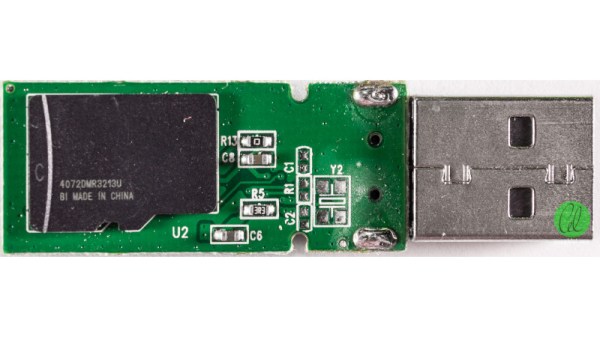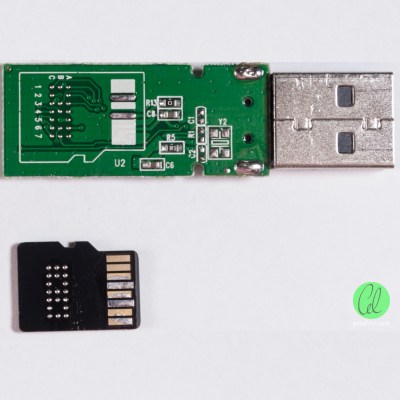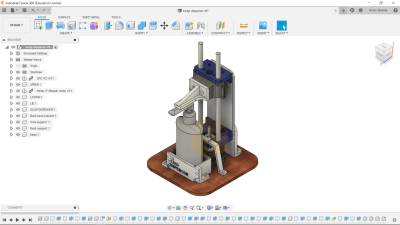Smart homes come with a lot of perks, not least among which is the ability to monitor the goings-on in your home, track them, and make trends. Each piece of monitoring equipment, such as sensors or cameras, is another set of wires that needs to be run and another “thing” that needs to be maintained on your system. There are sometimes clever ways of avoiding sensors, though, while still retaining the usefulness of having them.
In this build, [squix] uses existing sensors for electricity metering that he already had in order to alert him when his oven is pre-heated. The sensor is a Shelly 3EM, and the way that it interfaces with his home automation is by realizing that his electric oven will stop delivering electricity to the heating elements once it has reached the desired temperature. He is able to monitor the sudden dramatic decrease in electricity demand at his house with the home controller, and use that decrease to alert him to the fact that his oven is ready without having to install something extra like a temperature sensor.
While this particular sensor may only be available in some parts of Europe, we presume the idea would hold out across many different sensors and even other devices. Even a small machine learning device should be able to tell what loads are coming on at what times, and then be programmed to perform functions based on that data.





















